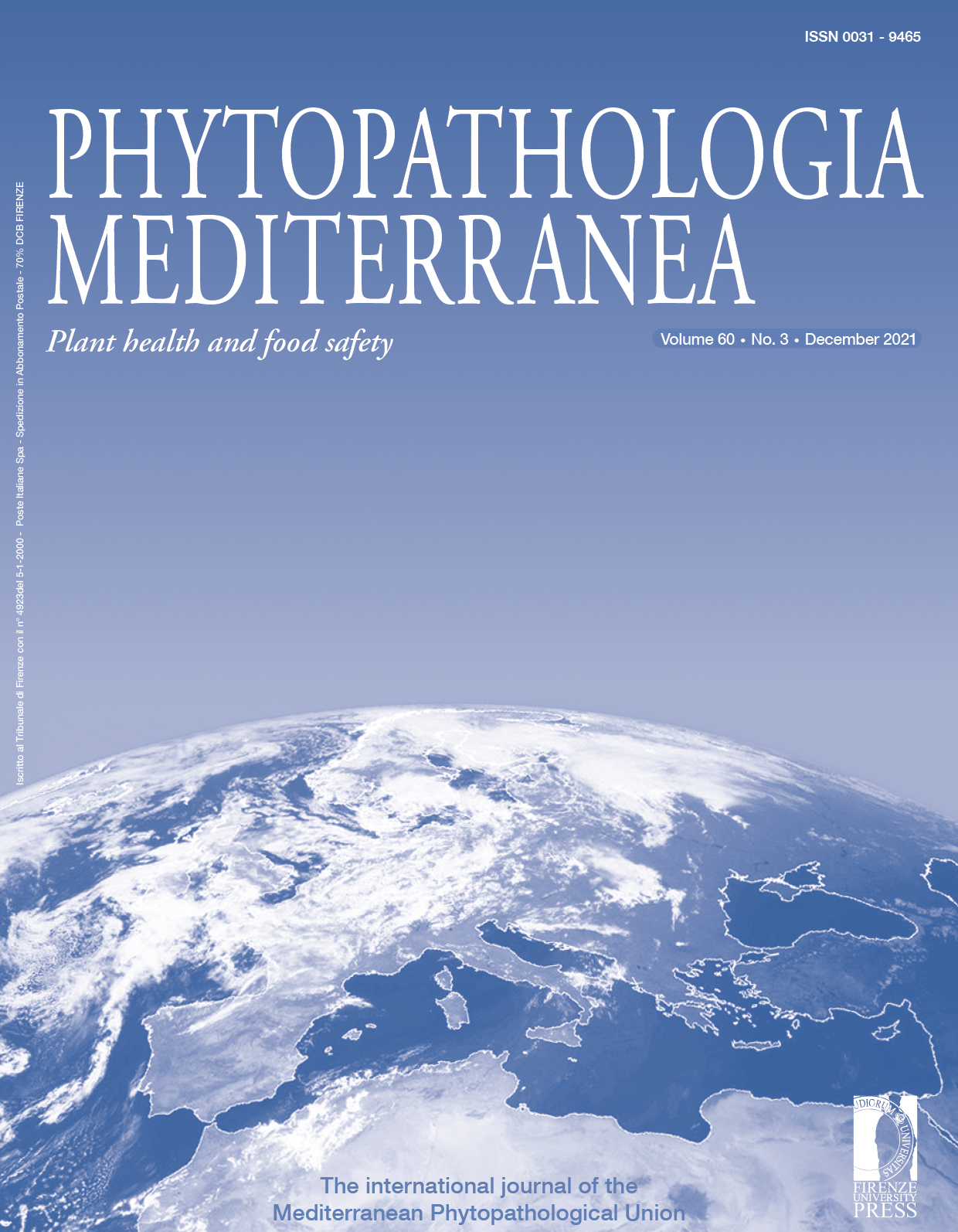Published 2021-11-15
Keywords
- Leaf rust,
- callose deposition,
- hydrogen peroxide (H2O2),
- plant resistance inducers
How to Cite
Funding data
-
Schweizerischer Nationalfonds zur Förderung der Wissenschaftlichen Forschung
Grant numbers 312 310030_160162
Abstract
After perception of specific biotic or abiotic stimuli, such as root colonization by rhizobacteria or selected chemicals, plants can enhance their basal resistance against pathogens. Due to its likely sustainability, this induced resistance will be valuable for disease management in agriculture. This study examined resistance against wheat leaf rust (Puccinia triticina) induced by Pseudomonas protegens CHA0 (CHA0) and β-aminobutyric acid (BABA). Seed dressing with CHA0 reduced the number of sporulating pustules on leaves, and expression of resistance was visible as necrotic or chlorotic leaf flecks. Beneficial effect of CHA0 on wheat seedlings growth was observed in when they were challenged or not with leaf rust. BABA was tested at 10, 15 or 20 mM, and a dose-dependent reduction of leaf rust infections was observed with greatest protection at 20 mM. However, BABA treatment repressed plant growth at 20 mM. Balancing the BABA impact on plant growth and its protective capacity, 15 mM of the compound was selected as suitable to protect wheat seedlings against leaf rust, with the least impact on vegetative host growth. Histological aspects of the pathogen infection process was studied to understand mechanisms of behind the observed resistance. The pre-entry process was not affected by the two resistance inducers, but both treatments reduced fungus penetration and haustorium formation. Timing and amplitude of the resistance reactions were different after bacterial or chemical induction, leading to different levels of resistance. During fungal colonization of host tissues, high deposition of callose and accumulation of H2O2 in both CHA0- and BABA-treated plants indicated important contributions to resistance.






